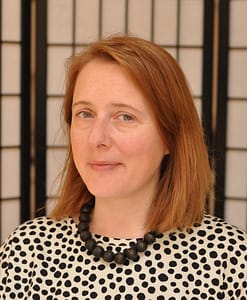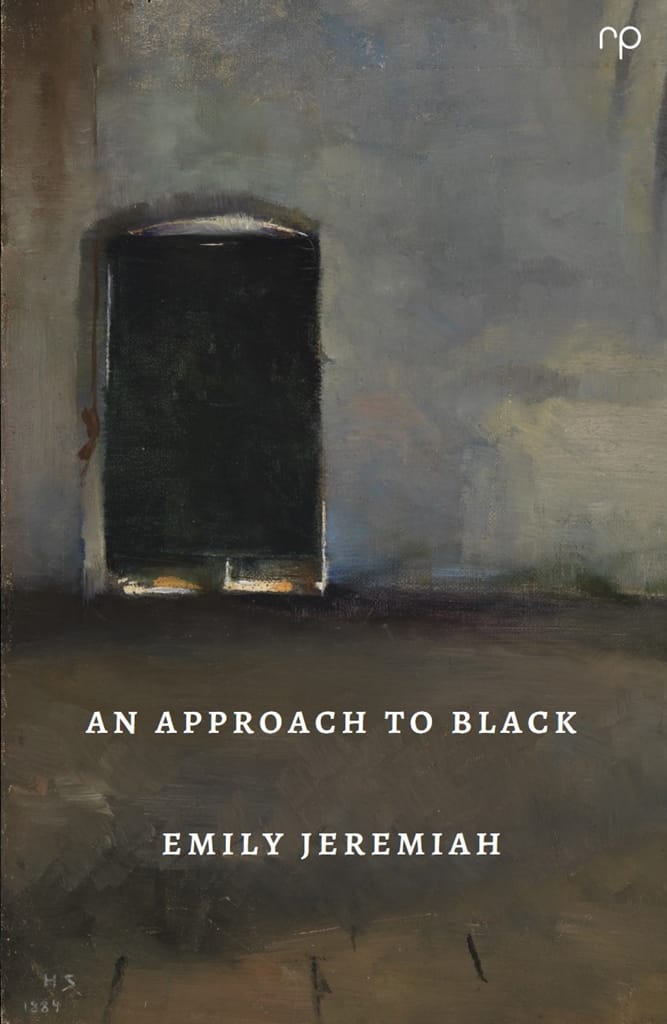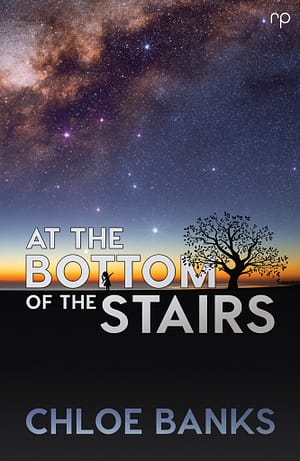Description
About the author
 Emily Jeremiah holds an MA in Creative Writing from Goldsmiths, University of London, and was awarded Arts Council funding to work on her debut novella, Blue Moments (Valley Press, 2020). A professor at Royal Holloway, University of London, she is the author of three academic books. With her Finnish mother, Fleur Jeremiah, she has co-translated five novels, one of which, White Hunger by Aki Ollikainen (Peirene Press), was longlisted for the Man Booker International Prize 2016. She has translated two selections of poetry for Waterloo Press. A volume of poems by Pentti Saarikoski, co-translated with Fleur Jeremiah, appeared in 2020 (Norvik Press).
Emily Jeremiah holds an MA in Creative Writing from Goldsmiths, University of London, and was awarded Arts Council funding to work on her debut novella, Blue Moments (Valley Press, 2020). A professor at Royal Holloway, University of London, she is the author of three academic books. With her Finnish mother, Fleur Jeremiah, she has co-translated five novels, one of which, White Hunger by Aki Ollikainen (Peirene Press), was longlisted for the Man Booker International Prize 2016. She has translated two selections of poetry for Waterloo Press. A volume of poems by Pentti Saarikoski, co-translated with Fleur Jeremiah, appeared in 2020 (Norvik Press).






Chris Baldwin (verified owner) –
It took me a couple of goes to ‘get into’ Emily Jeremiah’s short novel, the opening is simultaneously dense and sparse and took a degree of focussed attention for me to follow my emotional response. But that was my problem because when I gave it the attention it deserved I found myself rewarded with skillfully drawn characters in an evocatively realised setting, across the century time span of the narrative.
The themes of creativity and female agency, mental health and male privilege are timely, and intelligently explored. The reader feels the trapped, claustrophobic, repressive society in which Anna S. finds herself. The constant repetitions that Anna was the wife of eminent Finnish artist Eino S. serve to emphasise this. We learn little of him beyond his reputed fame and his callous treatment of the wife that does not conform to society’s and his own expectations.
Jeremiah powerfully conjures Victorian attitudes to mental health, to women, and to creativity.
In the contemporary narrative, the characters of Emma and Jonathon are both skillfully drawn through carefully chosen scenes and interactions. Emma’s unorthodox actions in her research, her relationship with her daughter, and her willingness to engage with Anna’s story all hint at great depths and layers within her.
I thoroughly enjoyed reading this book. I was left desperate to see Anna’s paintings.
Annalisa Crawford (verified owner) –
A probing insight into the lives of two artists in the past and the two people who want to know them better in the future. Or at least, to know one of them better – the female artist who is overshadowed by her husband, sent to an asylum for nothing more, apparently, than wanting a life separate to her family commitments, who leaves a special legacy.
The beautiful prose guides the reader gently towards the conclusion.
Pixi Robertson MA (verified owner) –
Like this beautiful book, my review is short and sweet:
The reader is drawn into a skillfully woven tapestry of two women from different eras, and a young man, the grandson of Anna, an enigmatic and overlooked artist who is the novella’s raison d’etre.
Through the portal of the evocative image gracing the cover of the book, Jeremiah leads us on a meditative pursuit of the past and poses afresh those eternal questions: what is the role of the creative, and where does truth lie.
An interesting and thought-provoking tale from an author who has much to share.
Davida Chazan (verified owner) –
The first thing you’ll notice here is the totally luscious language here. Jeremiah is best known for her translations of Finish novels into English, so she’s got the chops to pull something like this off. What she’s done is write a very ethereal, almost dreamlike book, where it starts with Anna S. in what seems to be her experiences in the asylums. It then jumps to the modern era section, basically chronologically, but from a different viewpoint. Still, even in this has a fragile feel to it, as if the investigations into Anna S. and her life are done tentatively.
You’ll also notice that Jeremiah doesn’t use much conventional punctuation here. I know that can turn some readers off, but I believe that in this case, it was very effective and not at all distracting. This was probably because conversations and thoughts were formatted slightly differently, so that I could mostly understand when characters were speaking, and when they were just moving through the scenes with their thoughts. However, this was somewhat inconsistently applied, and there were times when I did get confused about what was going on and with whom.
I also have to say that the opening parts, with Anna S.’s story, were the most compelling parts for me, and she turned out to be more sympathetic of a character than either Jonathan or Emma. In fact, Emma was my least favorite character, and it took me a while to figure out that she was no longer a young woman. Maybe this was because Jeremiah wrote her as being waiflike, much like her style of storytelling.
All told, I really enjoyed reading this short book, and although it wasn’t perfect, I truly appreciated Jeremiah’s writing, which was very poetic and vivid with its descriptions. I think she needs to work on developing her characters a bit more, and I could have used another 80 pages to help with that. Otherwise, I’d say this is well worth the read, and I’ll recommend it with a healthy four out of five stars.
Raluca Comanelea (verified owner) –
While the novella’s first four words, “his books do well” do tell the story of male artistry achieving fame, the lingering reality embedded in a “what about hers?” question invite into a story of female creativity and artistic repression, of institutionalized normality. While husband’s artistic evocations take all the fame, wife’s splendor, just one, remains hanging in a tiny museum outside of Helsinki.
Anna, the wife, becomes notes in a doctor’s journal. Her feminine steps are scrutinized; her actions categorized and dissected. “Good,” “calm,” “docile,” become words stamped on her forehead. Anna the painter, the woman, the mother is gone. It’s Anna the patient: whether she passes the test of a “good” or a “bad” one. Her faults? Strange travel desires, a taste for singing and dancing around the house, an impulse towards self-reliance and independence from marital status.
An Approach to Black subtly points at how much one doesn’t know rather than at how much one knows. It moves, sensibly, from Anna as omniscient narrator to a 3rd person which becomes distanced, estranged from it all, gone, buried. She continues to live in the determined thoughts and actions of future Jonathan and Emma, humble scholars who embark on a quest to unveil the beauty inherent in this female Finnish artist’s visual art: the profile of a black bird, a branch which drips white, the tip of a rowing boat as imagined by the rower. Visual splendor dusting in the attic of Anna’s former asylum. The outside voices would whisper, “a mad woman that could paint.”